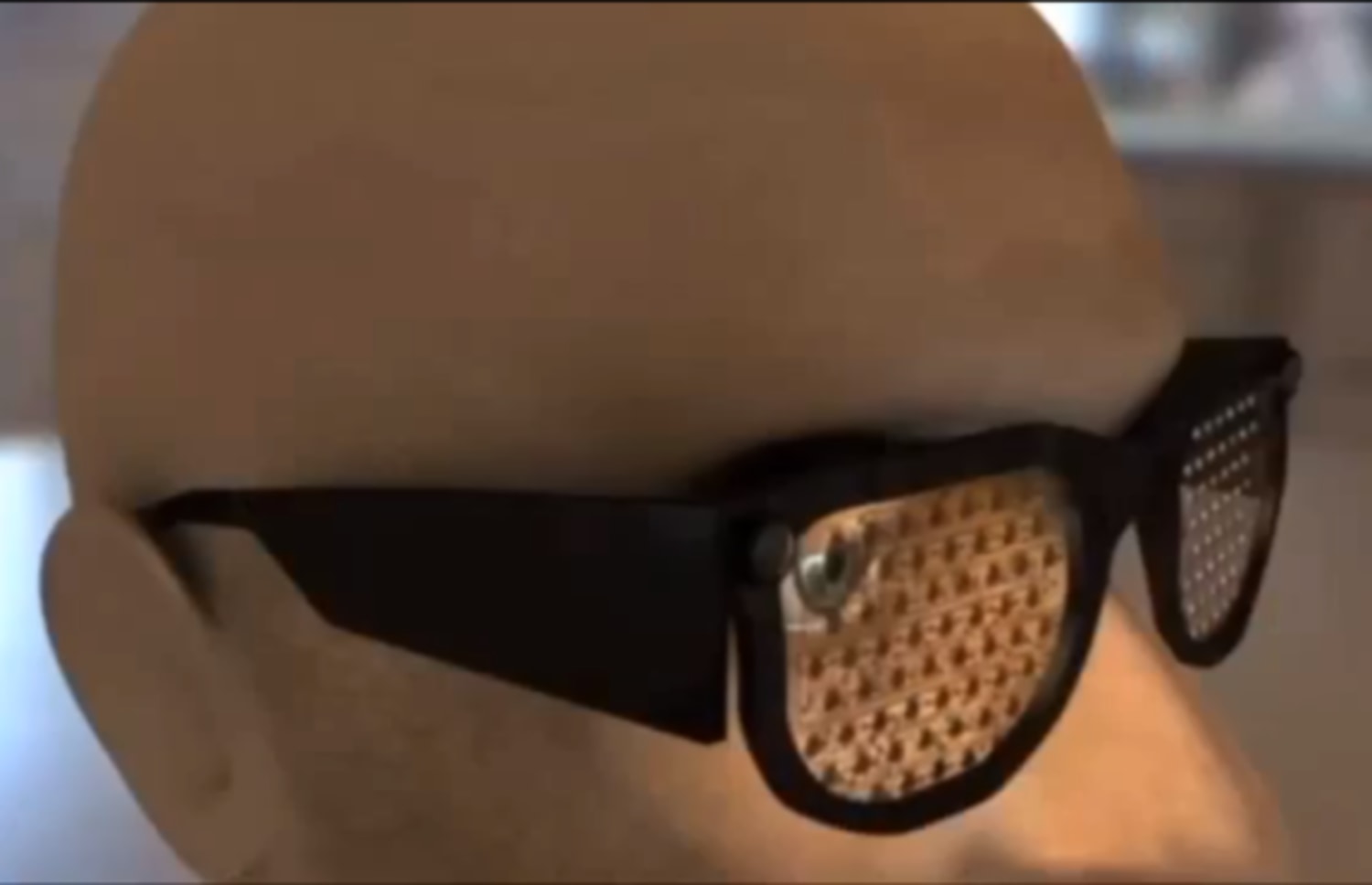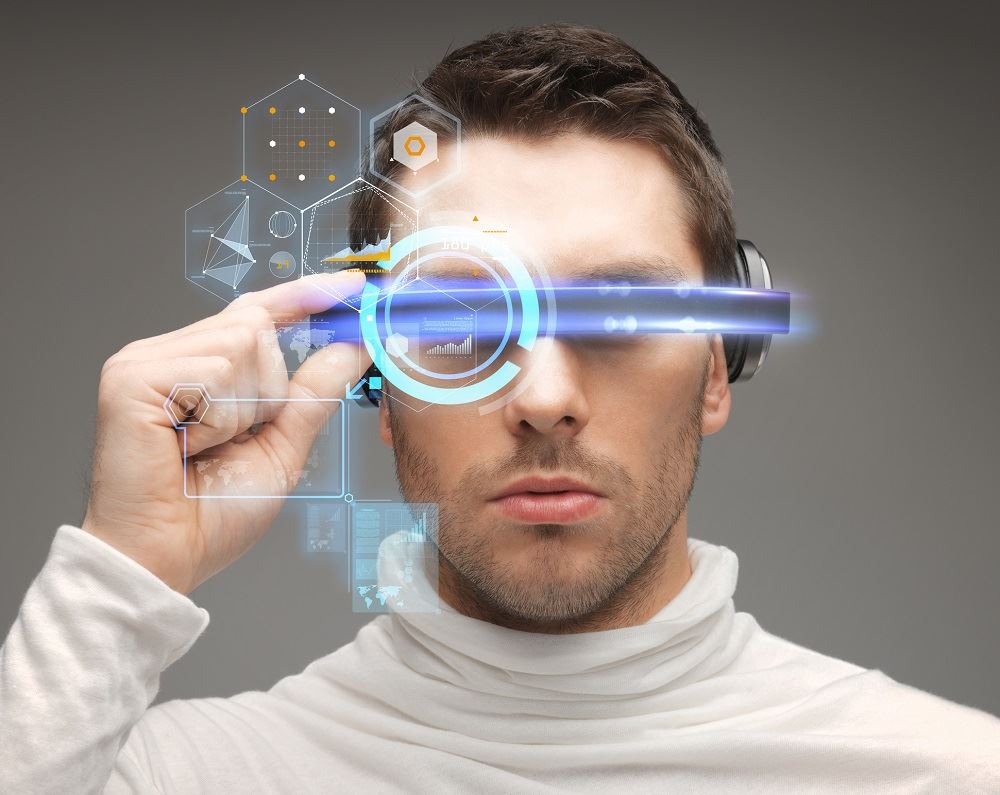Cutting-edge Solutions in Assistive Innovation for Visual Disability
The landscape of assistive innovation for aesthetic disability is developing rapidly, offering an array of innovative options that improve availability and independence. From advanced smartphone applications that promote navigation to wearable tools designed for real-time support, these devices are reshaping the experiences of those with aesthetic problems.
Advancements in Smart Device Applications
Recently, improvements in mobile phone applications have considerably changed the landscape of assistive modern technology for people with aesthetic problems. These applications utilize the powerful sensing units and capacities of modern-day smartphones to provide customers with devices that improve self-reliance and ease of access in their day-to-days live.
Noteworthy amongst these advancements are applications created for things recognition, which utilize the smartphone's video camera to recognize things and provide verbal summaries. Such functions empower users to browse their environments much more properly, whether recognizing items in shops or locating personal items in the house. In addition, text-to-speech applications have improved substantially, enabling users to record published message via their gadget's video camera and get split second sound comments, thus helping with analysis and comprehension.
Community-driven applications have cultivated social interaction and resource sharing among people with visual disabilities, producing a helpful network that enhances their high quality of life. Generally, smart device applications have actually come to be essential allies in advertising freedom and availability for individuals with aesthetic problems.
Wearable Devices for Navigation
Wearable gadgets for navigation have actually arised as a groundbreaking remedy for individuals with visual problems, using hands-free support that improves mobility and alignment. These gadgets usually use advanced technologies, including GPS, ultrasonic sensors, and expert system, to give real-time comments and direction to customers as they navigate their setting.
One notable instance of wearable navigation innovation is wise glasses, which can detect challenges and relay auditory or haptic feedback to the wearer, permitting for safe and efficient motion in numerous setups. Other devices, such as belts and vests equipped with sensors, can similarly inform customers of their environments by providing alerts concerning neighboring items or adjustments in terrain.
Additionally, several wearable gadgets integrate with smartphone applications, making it possible for users to tailor their navigation preferences and obtain customized path pointers. This customization can significantly enhance the customer experience, equipping individuals to take a trip with better self-confidence and freedom.
As innovation continues to establish, the capacity for wearable navigation tools to boost the lifestyle for individuals with aesthetic disabilities remains considerable, leading the way for even more comprehensive and obtainable settings.
Smart Home Modern Technology Combination

In addition, clever appliances furnished with responsive interfaces or acoustic comments supply instinctive interactions that provide especially to the needs of those with visual disabilities. For instance, smart fridges can reveal their materials and expiry dates, while clever ovens can lead customers via the food preparation procedure with audio instructions.
Home automation systems, such as clever buzzers and protection electronic cameras, use assurance by allowing individuals to get alerts and accessibility live feeds by means of their smart phones, enhancing personal security (AI-powered visual aids). Furthermore, assimilation with tablets and smartphones makes certain that customers can handle their home environment from anywhere within their facilities
As smart home innovation remains to develop, it holds the potential to change the living experiences of individuals with visual impairments, fostering freedom and improving lifestyle in an increasingly connected world.

Educational Tools and Resources
Accessibility to reliable academic tools and sources is vital for people with visual impairments, as it encourages them to involve fully in their learning experiences. Numerous assistive innovations have actually been created to enhance access and foster independent knowing.
In addition, educational software especially made for visually impaired individuals provides attributes such as high-contrast modes and customizable message dimensions. These tools suit diverse knowing designs and ensure that trainees can customize their instructional experience to their requirements.
Moreover, accessibility to electronic collections and audio publications expands the range of offered discovering products, enabling trainees to explore topics comprehensive without the limitations imposed by standard print resources. Joint platforms that include availability attributes additionally facilitate group projects, making sure that aesthetically impaired students can contribute meaningfully together with their peers.
Neighborhood Assistance and Engagement
A robust network of neighborhood support and involvement is important for people with aesthetic disabilities, promoting an inclusive atmosphere where they can flourish. Neighborhood organizations, neighborhood advocacy teams, and volunteers play a crucial duty in supplying resources, details, and friendship, which are essential for boosting the lifestyle for those impacted by aesthetic disabilities.
Interaction tasks such as workshops, get-togethers, and support check my reference system not just help with skill advancement yet also advertise social interaction, lowering sensations of isolation. These campaigns eye doctor in encourage people to share successes, experiences, and obstacles, thus strengthening area bonds. Additionally, collaborations with neighborhood businesses can bring about greater ease of access in public areas, better integrating individuals with visual problems right into the neighborhood.
Innovation also boosts neighborhood involvement through on the internet platforms that provide digital support system and resources, enabling people to attach no matter of geographical obstacles. By using both electronic and in-person solutions, neighborhoods can produce a thorough assistance network. Inevitably, cultivating cooperation among different stakeholders-- consisting of families, educators, and health care specialists-- makes certain that individuals with aesthetic disabilities get the all natural support essential to browse day-to-day live efficiently and with dignity.
Verdict
Innovative services in assistive modern technology for aesthetic disability dramatically boost the lifestyle for people encountering these obstacles. The assimilation of mobile phone applications, wearable tools, clever home technology, and educational devices cultivates better independence and accessibility. Additionally, area support and interaction further encourage visually impaired individuals, advertising inclusivity and involvement in different facets of life. Collectively, these innovations not just transform daily experiences yet additionally pave the method for a more equitable culture.
The landscape of assistive modern technology for visual problems is progressing rapidly, providing a variety of cutting-edge options that enhance availability and self-reliance. Community-driven applications have actually promoted social interaction and source sharing amongst individuals with aesthetic problems, developing a helpful network that boosts their quality of life. In general, mobile phone applications have come to be important allies in promoting autonomy and accessibility for individuals with visual disabilities.
Several individuals with visual impairments are finding greater freedom through the combination of eye care services clever home innovation.Cutting-edge solutions in assistive innovation for visual problems dramatically boost the top quality of life for individuals facing these challenges.